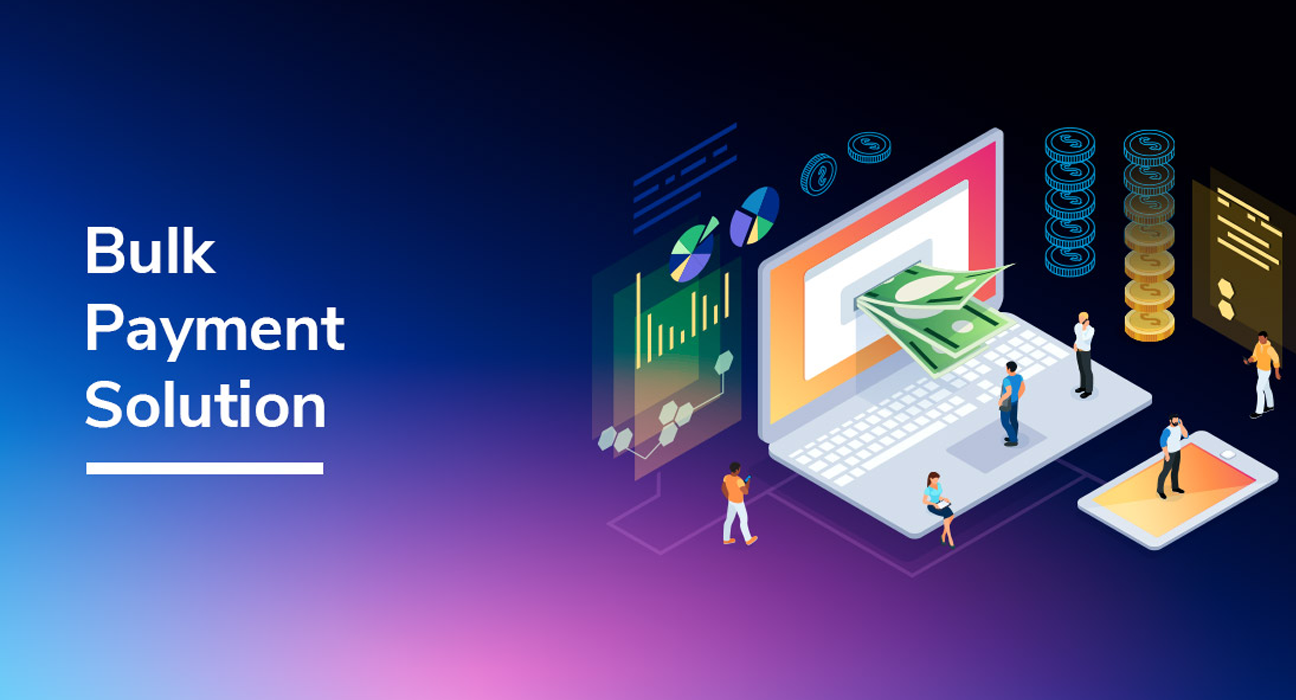As businesses become increasingly global, the need to send payments to multiple recipients across different countries has become a common challenge. Whether you’re paying international suppliers, freelancers, remote employees, or partners, managing these transactions manually can be time-consuming, error-prone, and costly.
This is where mass international payments come in — providing a centralized, secure, and streamlined way for businesses to make high-volume cross-border payments with speed and accuracy.
In this blog, we’ll explore what mass international payments are, how they work, and the key benefits they offer for businesses looking to scale globally.
What Are Mass International Payments?
Mass international payments refer to the process of sending multiple payments to recipients in different countries and currencies at the same time, typically through a single platform or transaction file. Instead of initiating dozens or hundreds of individual payments, businesses can automate the process in bulk — saving time and reducing the risk of human error.
These payments are commonly used by companies with international payroll, affiliate networks, e-commerce vendors, outsourcing partners, and global service providers.
Who Needs Mass International Payments?
Mass international payment solutions are ideal for:
- Freelance platforms and gig economy businesses
- E-commerce marketplaces and dropshipping businesses
- International payroll departments
- SaaS companies paying global affiliates or resellers
- Export/import businesses working with overseas partners
- NGOs and organizations with global grant disbursements
Key Challenges in Managing Global Bulk Payments
Without the right infrastructure, managing large volumes of international payments can present several challenges:
- High banking fees for each transaction
- Poor exchange rates leading to unnecessary costs
- Lengthy processing times, often taking several business days
- Currency conversion errors or payment failures
- Complex compliance requirements such as KYC/AML rules
- Limited visibility and tracking of cross-border transfers
These issues can create delays, damage supplier relationships, and hinder business scalability.
How Mass International Payment Platforms Work
Modern fintech solutions simplify the bulk payment process using a centralized platform that allows businesses to:
- Upload a payment file or integrate via API
- Select currencies and recipients
- Review real-time FX rates and associated fees
- Schedule and authorize the payment batch
- Track payments across borders using systems like SWIFT GPI
- Receive reports for reconciliation and compliance
Many platforms also support multi-user roles, approval workflows, and automated recurring payments, making the process even more efficient for finance teams.
Benefits of Using Mass International Payments for Business
1. Time Efficiency
Instead of managing payments one by one, companies can execute hundreds of transfers in a single action — reducing manual work and freeing up internal resources.
2. Cost Savings
Fintech platforms offer better FX rates and lower transaction fees compared to traditional banks, especially for bulk payments.
3. Global Reach
Many providers support payments to 150+ countries and 30+ currencies, giving businesses the flexibility to operate on a global scale.
4. Real-Time Tracking and Transparency
With SWIFT GPI and other tracking tools, businesses can monitor the status of each payment and get proof of delivery.
5. Compliance and Security
Regulated providers ensure compliance with international financial laws, AML protocols, and secure encryption for data protection.
6. Scalability
Whether you’re processing 10 or 10,000 payments per month, mass payment platforms scale with your business needs.
Features to Look for in a Mass Payment Solution
When selecting a platform for mass international payments, consider the following features:
- Support for multiple currencies and countries
- Competitive exchange rates
- Low or transparent transaction fees
- Integration with your ERP, accounting, or HR systems
- Real-time tracking and payment status updates
- Secure user authentication and approval workflows
- FCA, FinCEN, or equivalent regulatory compliance
Popular Use Case Example
Case: Global Freelance Marketplace
A tech platform working with thousands of freelancers in Asia, Europe, and Africa uses a mass payment solution to:
- Collect freelancer banking info through a secure portal
- Pay them weekly in their local currencies
- Automate currency conversion
- Track each payout with proof of delivery
- Reconcile payments with monthly financial reports
This streamlined process helps the company pay on time, reduce overhead, and scale operations without increasing the size of their finance team.
Final Thoughts
As your business grows, so does the complexity of managing payments across borders. Relying on outdated manual processes or traditional banking systems can hold you back — increasing costs, delays, and risks.
Investing in a mass international payment solution not only improves operational efficiency but also strengthens relationships with global partners by ensuring timely and accurate payments.
Whether you’re managing payroll, vendor payments, or affiliate commissions, mass payments offer a smarter, more scalable way to operate in the global economy.
